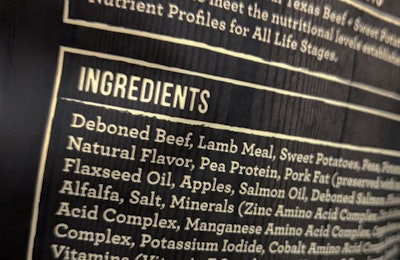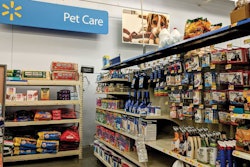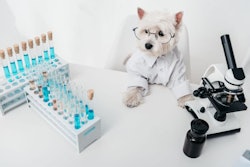
Last month's column covered some of the major developments at the Association of American Feed Control Officials (AAFCO) Annual Meeting, held in Fort Lauderdale, Florida, USA, on July 30-August 1, 2018. Here are a few other items from the meeting that may also be of interest to the pet food industry.
Online Database of Ingredients
There was a demonstration of the Online Database of Ingredients (ODI) developed by the software company that put together the AAFCO Feed Basic Information Network (BIN). It was promoted prior to the meeting as "Label Review Software," but in actuality the program is not as comprehensive a review tool as suggested.
The software will reportedly allow for more efficient evaluation of ingredient label declarations, identifying those ingredients that are not in compliance with current AAFCO terminology. That may come in handy for those less versed in the Ingredient Definitions section of the AAFCO Official Publication, but it is not clear how well it will address the nuances particular to pet foods, such as the permissible variations on an ingredient name and the many "common or usual" ingredients that aren't defined by AAFCO at all. At this juncture, it will not assist in review of any label information outside of the ingredient list.
AAFCO name change?
A working group under the Strategic Affairs Committee submitted its findings regarding a possible name change for AAFCO. The recommendation was to replace "American" with "animal," i.e., "Association of Animal Feed Control Officials," to better reflect on the organization's growing influence on international matters. There was also consideration to replace "animal feed" with "animal food" to more closely align with verbiage used in U.S. Food and Drug Administration (FDA) documents.
Importantly, the recommendations would still allow AAFCO to use the same acronym, avoiding the need for expensive revisions to publications, stationary, etc., beyond those that would be required by the name change itself. After much debate, though, the committee rejected the recommendation of the working group, and the association name will stay as is for now.
New committee working groups formed
A new working group in the Ingredient Definitions Committee is being formed to explore means to differentiate use of the term "buffalo" on feed labels, particularly pet food labels. Many companies are using the term in the ingredient list and elsewhere, with or without accompanying graphics, that strongly imply that the materials are derived from bison (American buffalo), when in fact they are from water buffalo or other species of buffalo. While it is true that taxonomically, bison are not "buffalo," there is a very strong association of that term with reference to bison by those in the U.S. So, while there is not consensus on this matter, many believe that use of the term "buffalo" without further qualification as to species may be misleading, at least to American purchasers.
Another working group will be formed under the Pet Food Committee to look at the issue of percentage ingredient claims, especially as it pertains to wet pet foods. Under the current AAFCO naming rules, a product that is at least 95 percent of a named ingredient, exclusive of water for processing, may be identified by that ingredient name only; i.e., without any need for a qualification such as "dinner," “formula" or "recipe."
However, some believe that under those same circumstances, an expressed percentage claim, such as "95 percent [claim]," is false and misleading. That is because that percentage number does not account for the added water, which could make up a very considerable proportion of that food. Thus, a purchaser could be easily confused as to the actual prevalence of the named ingredient in the product. The counter argument is that the AAFCO "100 percent" rule, which provides for the naming of single ingredient products with use of that term, already allows for the exclusion of water.
The Feed Labeling Committee also intends to form a working group to look at the issue of mandatory guarantees on labels for livestock "treats." While this doesn't affect many in the pet food industry, it could have impact on those manufacturing treats for horses or for those species that have become more popular as companion animals rather than strictly for production purposes (particularly "pet" chickens). A product intended only as a minor component of the daily ration and which is not expected to contribute significantly to the animal's total nutritional intake may not need to declare all the guarantees on the label as normally required for complete feeds and supplements.
Not covered: hemp-based ingredients and heart disease in dogs
Although it was on the agenda for discussion by the Ingredient Definitions Committee, an update on the regulatory status of hemp-based ingredients was not provided. Despite it being quite prominent in the news prior to the meeting, there was no formal discussion from FDA or state feed control officials regarding the reported issue of heart disease in dogs fed "grain-free" foods and its possible regulatory ramifications.
For more insights by Dr. Dzanis
















